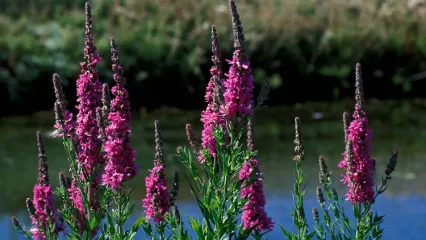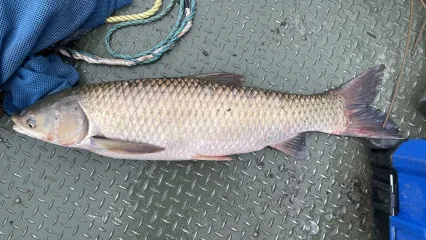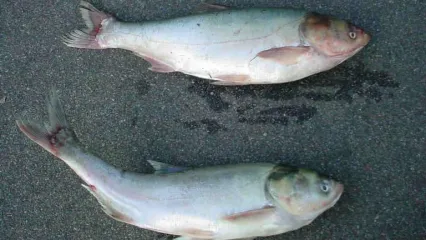
Description
Hydrilla is the most damaging aquatic weed in the United States and causes major problems with water use. It greatly reduces flow and causes clogging, which can result in flooding and damage to canal banks, structures, and pumps. In utility cooling reservoirs, hydrilla can disrupt flows necessary for adequate water-cooling. Hydrilla can interfere with recreational and commercial vessel navigation. In addition to interfering with boating by fishermen and water skiers, hydrilla hampers swimming, displaces native vegetation communities, and can damage sport fish populations.
Size
- Long stems with whorled leaves and are profusely branched at the water surface
- Leaves are pointed, bright green, about 5/8 inches long, and toothed edge
- Small, dull white to yellowish, potato-like tubers which grow 2 to 12 inches below the surface of the sediment at the ends of underground stems
- Stems grow up to 9 meters in length

Habitat
Hydrilla is believed to be native to India (dioecious type) and Korea (monoecious type). It was imported into the United States from Asia in the early 1950s for use in aquariums and was likely introduced into the wild near Tampa and Miami, Florida. It was popular in the aquarium trade until Federal regulations banned its interstate sale and movement.
Was first observed in Oklahoma in 2006 in Lake Murray, and has since been recorded in Lake Arbuckle, Sooner, Nanih Waiya, Ardmore City, Scott King, and Lower Mountain Fork River.
How To Observe
Clean. Drain. Dry
Hydrilla is mainly introduced to new waters by fragments that are carried by recreational boats, motors, trailers, and in live wells. Stem pieces root in the substrate and develop into new colonies, commonly beginning near boat ramps. Once established, boat traffic continues to break and spread hydrilla throughout the waterbody.
If you think you have discovered any invasive species contact us at (918) 200-4815 or report online.


